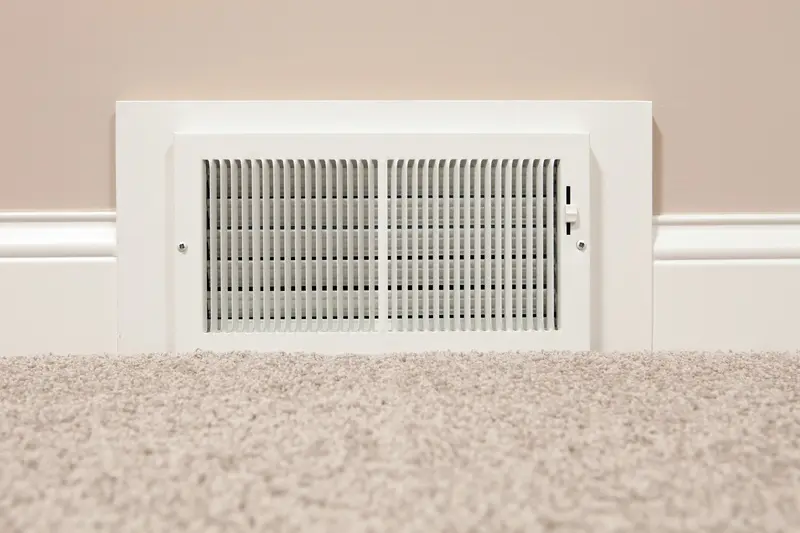Air conditioning systems are that one appliance in every home that truly gets put to the test—especially during the sweltering summers we experience in our area. Temperatures are already higher than in most other parts of the country, and will likely remain so for a good portion of autumn. Since we rely on these systems so much for our comfort, it’s important to schedule air conditioning repairs in Los Alamos, NM as soon as we discover a problem.
Among the most common operational problems our professionals get called out for is reduced airflow. That is, the air coming out of the vents in your home isn’t as powerful as it once was, or as powerful as you think it should be. This may not seem like a huge deal as long as you’re still able to remain comfortable, but it puts tremendous stress on your air conditioner. Plus, ignoring the issue means that whatever is causing the decreased airflow will only worsen.
So, What Causes It?
Low airflow can be the result of a few different potential issues. This is a big reason why you should never try to diagnose or repair the problem on your own—although one thing you can do is check your air filter to see if it’s clogged and if changing it helps the problem.
Your air filter should be changed every 1 to 3 months depending on the level of contaminants present in your home. This protects the interior components of your HVAC system, and yes, will also affect airflow. In the absence of a clogged air filter, however, decreased airflow stems from two potential factors:
- Something is blocking the flow of air.
- Something is affecting the mechanism driving the air.
Blockages—whether in your ductwork or surrounding the outdoor unit of your AC—typically come from a build-up of dirt, dust, and other debris. In other cases, it can be due to damage to the ductwork—crimps, leaks, or breaches—that can pull hotter air into your system. This also means cooler air staying trapped in the system itself, which can cause ice to form on your coils and create other detrimental issues.
When it comes to driving the air to the vents in your home, the component responsible is the blower fan. If not the fan itself that is bent or broken, it’s likely that you’re suffering from a fan motor problem: either the motor is failing altogether or there’s an issue with the power supply, like frayed electrical wiring.
Operational Problems and Higher Bills
As you can probably guess, given the circumstances we referred to above, decreased airflow is a symptom of a problem, not a problem on its own. Ignoring it can be detrimental to the operation of your air conditioning system.
Your air conditioner has to work harder and harder to reach your desired temperature when the airflow is not as powerful as it should be. When a component within the system is failing, this only exacerbates the problem. With all this extra strain, more energy is being expelled, which means you’ll notice higher energy bills as well.
Energy costs aside, neglecting a problem such as this means that you’ll likely find yourself facing a premature air conditioner shutdown right when you need your system the most—the middle of summer.
When you’re looking for a company who you can trust to provide you with quality air conditioning services, you needn’t look any further than Roadrunner Air Conditioning, Heating & Refrigeration—contact us today!








